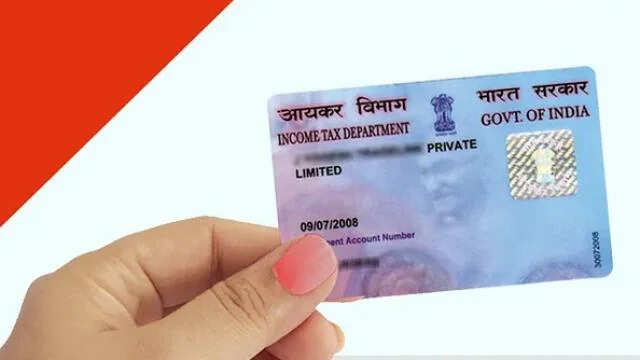It is an important task for senior citizens to file Income Tax Return (ITR), which is very important to do correctly. The selection of the correct ITR form depends on the source of their income, the total income and special conditions. The Income Tax Department has given special provisions and tax exemption for senior citizens, to take advantage of which it is necessary to choose the right form. Let us know in detail which ITR form should be filled and what should be kept in mind.
Tax exemption to senior citizens
Senior citizens in India get special discounts in income tax.
Senior citizens aged 60 years or older do not have to pay tax on income up to Rs 3 lakh annually.
At the same time, very senior citizens above 80 years of age are given complete exemption from tax on income up to Rs 5 lakh annually.
While this limit is only 2.5 lakh rupees for other taxpayers.
In this way, senior citizens get great relief in tax payment, but still they need to file their returns properly.
Is senior citizens exempted from filing returns?
Senior citizens above the age of 75 are exempted from filing income tax returns, whose source of income is only pension and interest and that too comes from the same bank.
But for this some conditions are necessary to fulfill:
The first form has to be made through Form 12BBA.
This form has to be deposited in the bank which is notified by the government.
Only after this process can they be free from the obligation to file income tax returns.
If the sources of income of a senior citizen are different or are getting interest from more than one bank, then they will have to fill the ITR form from the normal process.
Which ITR form choose?
1. ITR-1 (Spontaneous Form)
This form is for those senior citizens whose income comes only from salary, pension, fare from a house and other sources (eg interest).
The total income should be less than Rs 50 lakh.
This form cannot be used by senior citizens who are directors in a company, have foreign property, or earning income from outside the country.
2. ITR-2
If a senior citizen has income of capital gains from more than one house, stocks or mutual funds, then they should fill the ITR-2 form.
Senior citizens earning property or income abroad will have to fill the same form.
Apart from this, even if a senior citizen is getting capital benefits in addition to salary, pension and other sources, ITR-2 is the only appropriate form.
3. ITR-3
If a senior citizen is earning income from professional services (such as doctors, lawyers, consultants, etc.), then he should choose the ITR-3 form.
For senior citizens who do not fall within the purview of ITR-1, ITR-2 or ITR-4, ITR-3 is also a suitable form.
4. ITR-4 (smooth form)
If a senior citizen’s income is from business or professional services and comes under Principal Income Scheme (such as 44AD, 44ADA or 44AE), he can choose ITR-4.
The total income should be less than Rs 50 lakh.
However, senior citizens who have foreign assets or foreign income cannot use ITR-4.
Benefits of choosing the right form
To take full advantage of tax exemption, it is necessary to choose the right ITR form.
Return processing is accelerated by the right form and there is no danger of notice or penalty for filling the wrong form.
It is easy to take advantage of various provisions (eg section 80C, 80D) for tax savings by choosing the correct form based on the source of income and nature.
conclusion
Senior citizens should be very cautious while filing their tax returns. Election of the right ITR form is not only necessary to fulfill the legal obligation, but it is also mandatory to take full advantage of tax exemption and facilities.






